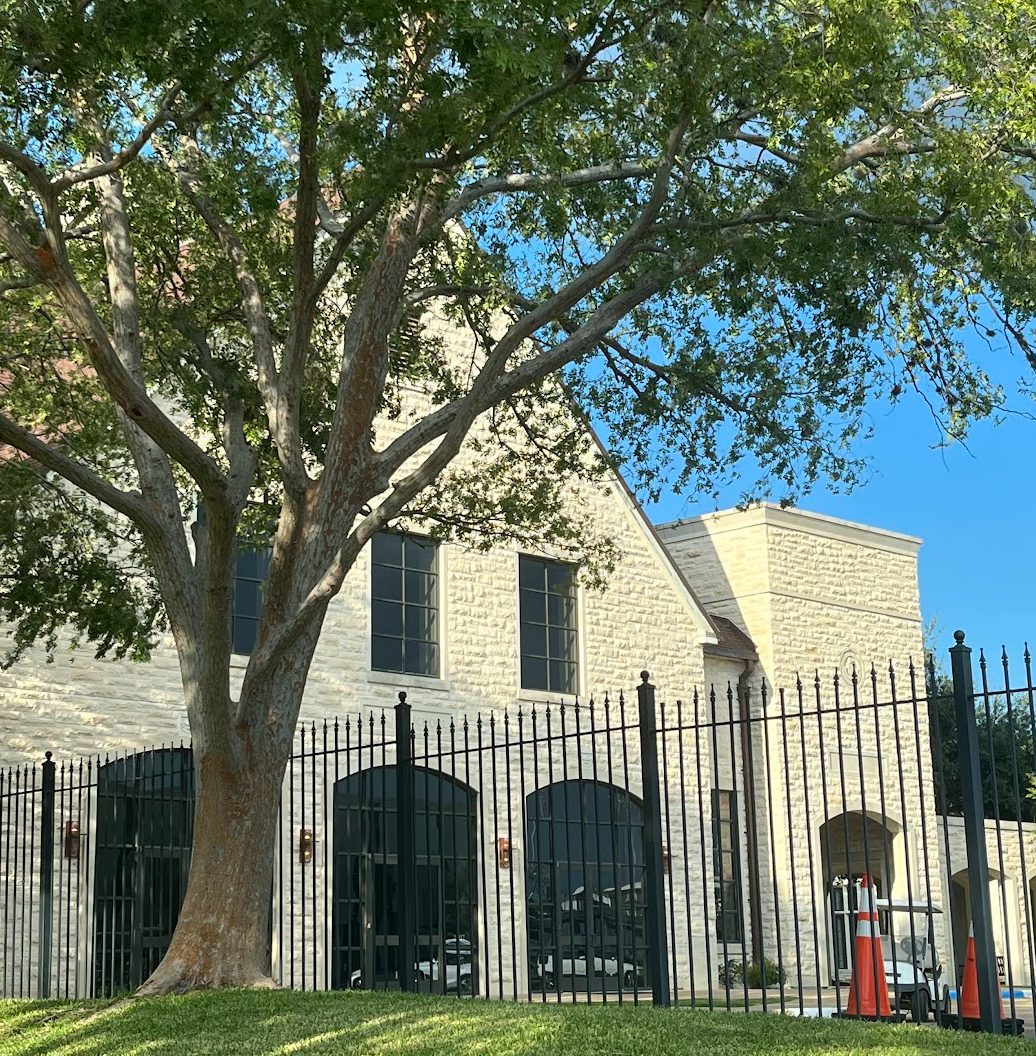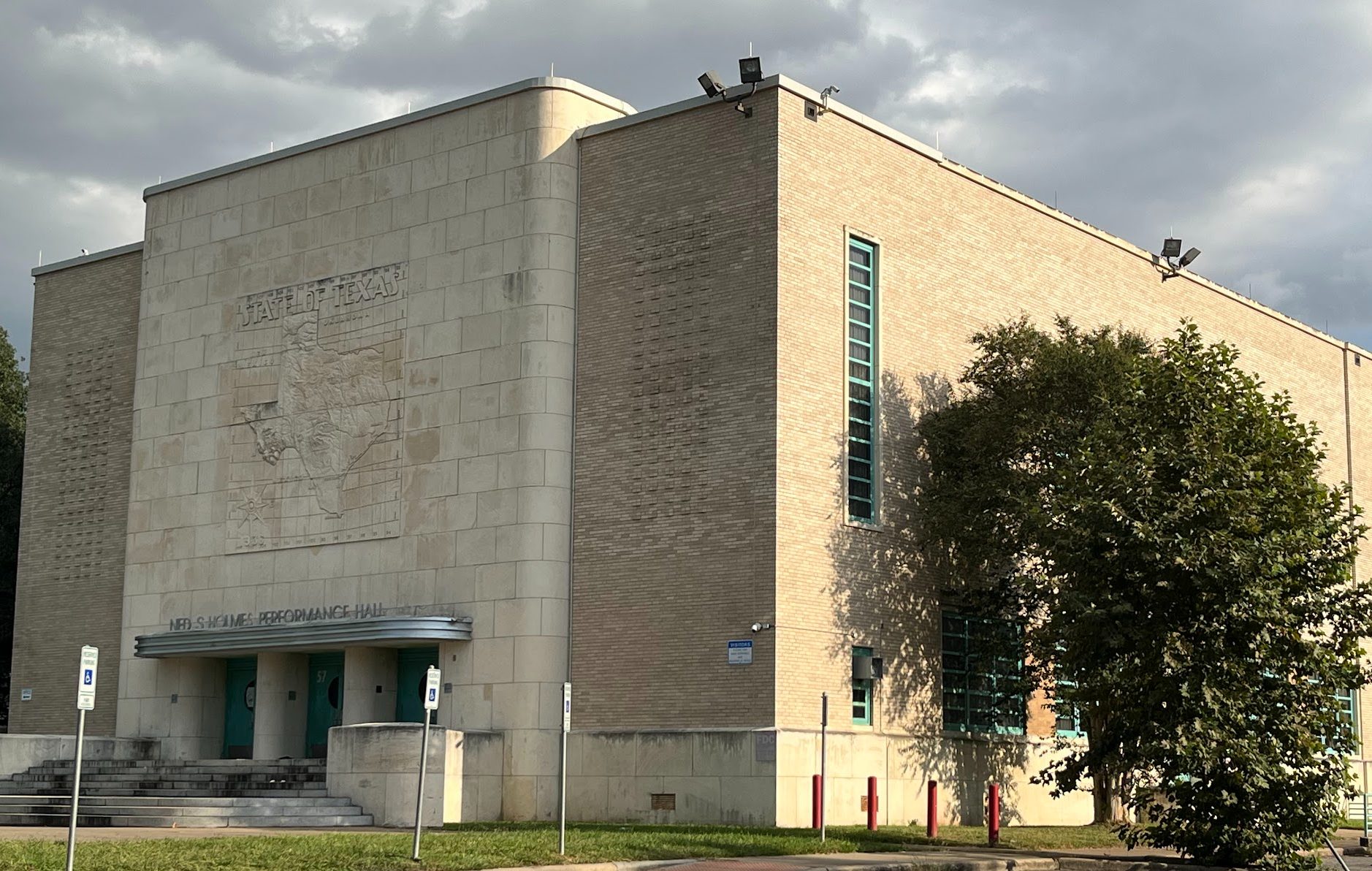Wes Anderson, the celebrated director known for his whimsical storytelling and meticulous visual style, may be synonymous with European landscapes and pastel-colored world, but his journey began in the heart of Texas.
Born in Houston in 1969, Anderson’s early years in the city laid the foundation for his unique cinematic voice. His second feature film, Rushmore (1998), is not only a cult classic but also a love letter to his hometown.
Growing Up in Houston

St. John’s Private School
Anderson attended St. John’s School, a prestigious private institution in Houston’s River Oaks neighborhood. It was here that he first began experimenting with filmmaking, using his father’s Super 8 camera to shoot silent films starring his brothers and friends. His early ambition was to be a writer, but storytelling through film quickly became his passion.
After graduating from St. John’s in 1987, Anderson studied philosophy at the University of Texas at Austin, where he met Owen Wilson. The two would go on to collaborate on several screenplays, beginning with Bottle Rocket and continuing with Rushmore, The Royal Tenenbaums, Life Aquatic,…
Rushmore: A Houston Story
Released in 1998, Rushmore tells the story of Max Fischer, a precocious and eccentric student at the fictional Rushmore Academy. Max’s relentless pursuit of extracurricular glory, despite his academic failings, sets the stage for a quirky coming-of-age tale filled with heartbreak, ambition, and theatrical flair.
The film was shot entirely in and around Houston, with many locations drawn directly from Anderson’s own life:
- Rushmore Academy is actually St. John’s School, Anderson’s alma mater, located at 2401 Claremont Lane.
- Grover Cleveland High School, where Max is sent after being expelled, is Lamar High School, just

Lamar High School
across the street from St. John’s.
- Max’s home is at 108 Emerald Court in Northside Village, next to Hollywood Cemetery, where scenes of Max visiting his mother’s grave were filmed.
- Doug and Don’s Barber Shop on East Eleventh Street served as the location for Max’s father’s business.
- Delmar Stadium was used for scenes involving kite flying and airplane arrivals.
- Saw Pipes USA Inc. (now Jindal Pipes) in Baytown stood in for Blume International, the factory owned by Bill Murray’s character.
Cultural Impact and Legacy
Though modest at the box office, Rushmore was a critical success and marked a turning point in Anderson’s career. It introduced Jason Schwartzman in his film debut and helped redefine Bill Murray’s career, establishing him as a beloved figure in indie cinema.
The film’s quirky tone, stylized visuals, and British Invasion soundtrack became hallmarks of Anderson’s style. It also earned Anderson the Independent Spirit Award for Best Director and a Golden Globe nomination for Murray. In 2016, Rushmore was selected for preservation in the National Film Registry for being “culturally, historically, or aesthetically significant”.
A Personal Tribute
Rushmore is a deep personal tribute to Anderson’s youth, Houston, Texas, and the bittersweet experience of growing up. The Houston locations are not just backdrops; they’re characters in their own right, infused with nostalgia and authenticity.
For Houstonians, Rushmore is a cinematic time capsule. For film lovers, it’s a masterclass in storytelling. And for Wes Anderson, it remains one of his most heartfelt creations.
Here’s to Houston, one of the, if not the most underrated city in the world.


 Facebook
Facebook
 X
X
 Pinterest
Pinterest
 Copy Link
Copy Link
